Xiaomi 13 Pro vs iPhone 14 Pro Max: Has Xiaomi built the iPhone killer?
We may earn a commission if you make a purchase from the links on this page.

Intro
Up until just a couple of years ago, Xiaomi was the company you went to for a good budget phone, but these days things have changed and the latest Xiaomi 13 Pro flagship costs almost as much as an iPhone 14 Pro Max.
So what does the Xiaomi 13 Pro bring to the table and is it really a worthy alternative to the popular iPhone 14 Pro Max?
In this comparison, we explore the triple main camera on the Xiaomi which includes one of the most impressive, 1-inch type main camera sensors ever put on a smartphone and an innovative zoom camera, we also look at the powerful Snapdragon 8 Gen 2 chip inside and how it finally rivals Apple's own A series of chips, and we also compare the battery life, charging speeds and all the other details that make a smartphone experience good or bad. Read on!
Xiaomi 13 Pro vs iPhone 14 Pro Max in a nutshell:
- Xiaomi has thinner, lighter and sleeker design
- Both have excellent quality screens
- iPhone still has the lead in performance but they are really close
- Xiaomi offers more storage at a lower price
- iPhone has slightly longer battery life
- Xiaomi charges much quicker (and you get a charger with it)
- iPhone is a bit more expensive
Table of Contents:
Design and Display Quality
The Xiaomi is more compact and lighter
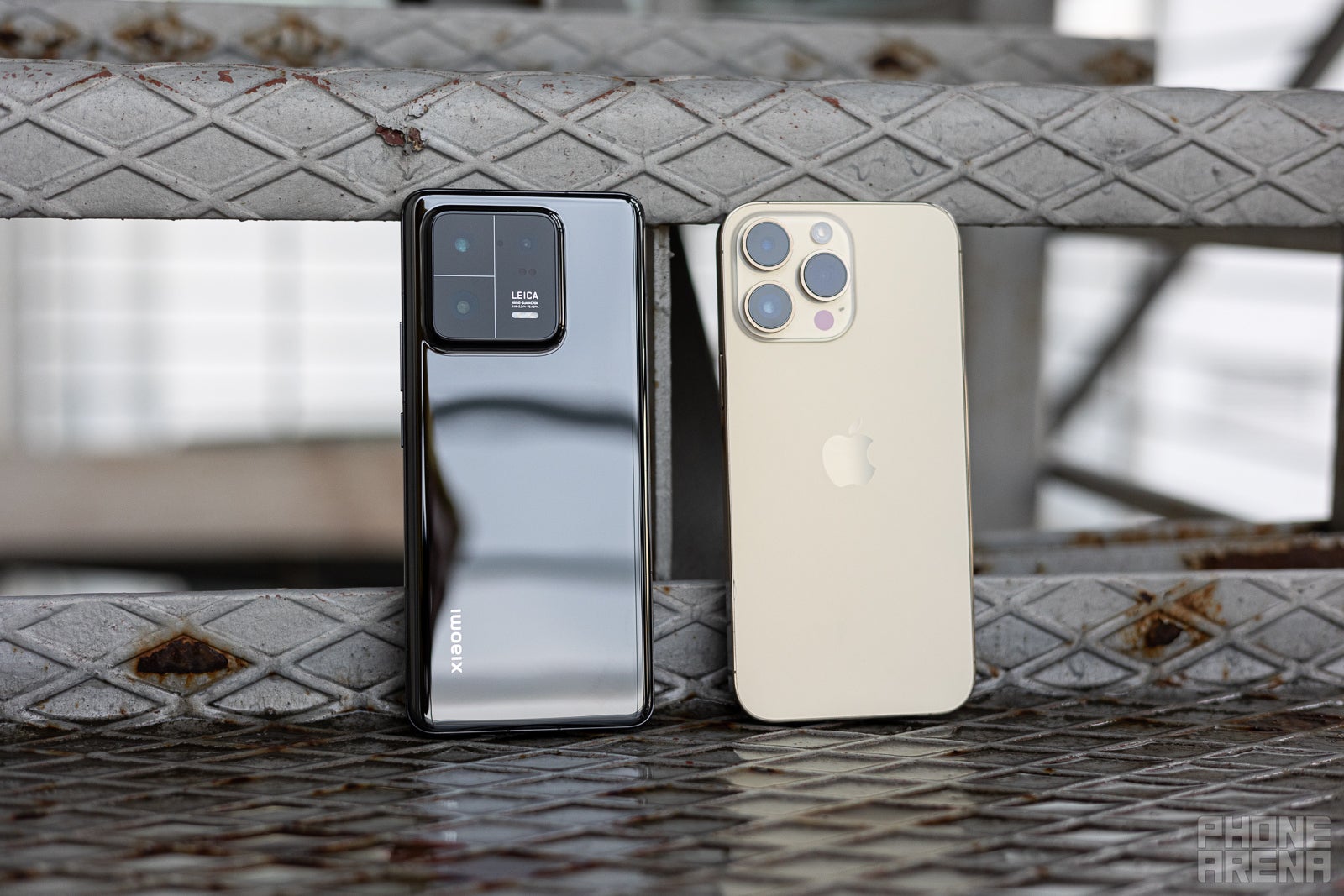
(Image Credit - PhoneArena)
The iPhone 14 Pro Max is such a familiar design these days with that flat screen, flat shiny sides and matte glass back, while the Xiaomi 13 Pro certainly feels a bit different. It has a tapered front and back, and it comes in a choice of three different materials, a black glass, white ceramic color or even a blue leather like finish with a warmer feel and that nice to the touch texture.
The Xiaomi also weighs far less and is not quite as wide, which makes it easier to use with one hand.
Both phones have an IP68 water and dust protection rating, which is nice to see (but we expect no less of flagships), and both have nice and clicky buttons.
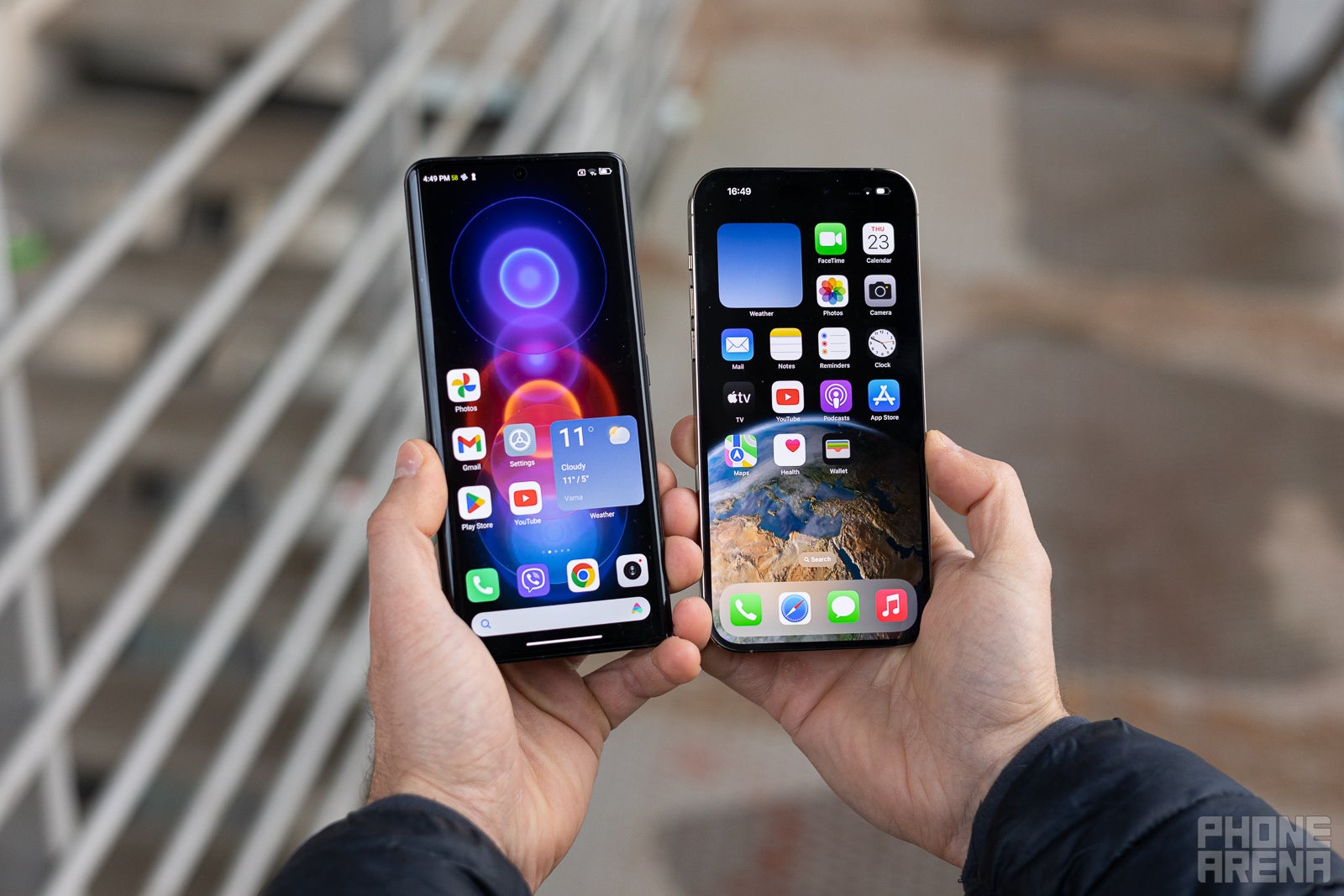
(Image Credit - PhoneArena)
No huge differences in screen quality either. Both screens are OLED at 6.7 inches diagonal and with gorgeous colors. The iPhone has a wider screen though with a 19.5:9 aspect ratio, while the Xiaomi goes for a narrower, 20:9 screen, and we prefer a slightly wider screen.
Display Measurements:
But in terms of colors, these are nearly perfect with excellent color balance. The Xiaomi surprised us by hitting an even higher max brightness than the iPhone, so it's a bit easier to use outdoors, but both get very, very bright.
Both are also LTPO panels with adaptive refresh rate that automatically adjusts from 1Hz for static content to 120Hz for buttery smooth scrolling.
In terms of biometrics, the iPhone relies on Face ID while the Xiaomi uses an optical type fingerprint scanner embedded in the screen. We prefer the face recognition on the iPhone, it's a bit faster in most cases and just a bit more convenient, but that's us and we know many people don't mind a fingerprint scanner, and the one on the Xiaomi is fast and reliable.
Performance and Software
Qualcomm vs Apple
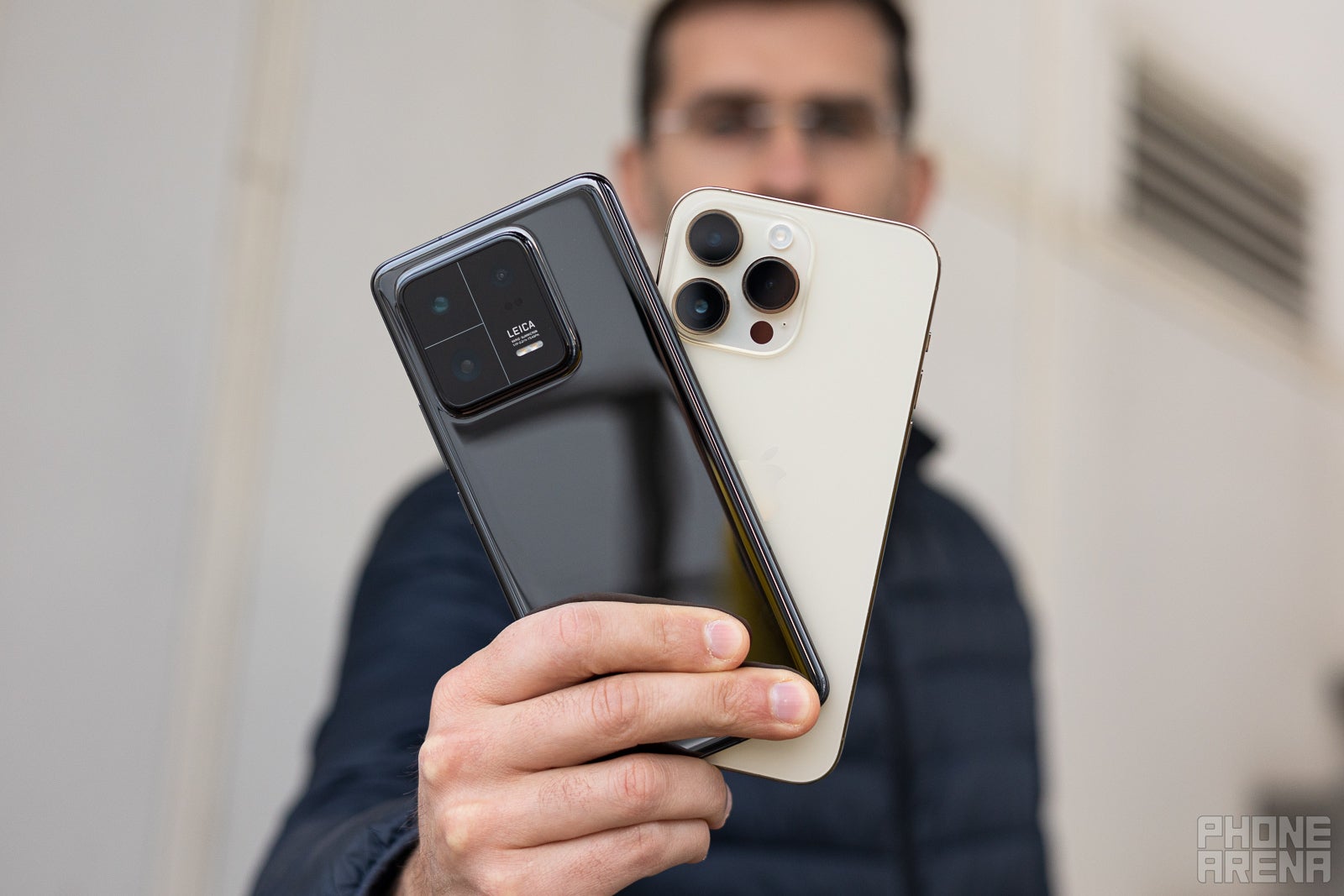
(Image Credit - PhoneArena)
The main reason for the speed and fluidity of the Xiaomi 13 Pro is the Qualcomm Snapdragon 8 Gen 2 chip inside it, the same one as on most Android flagship phones in 2023, while the iPhone relies on its own, Apple-made A16 Bionic chip.
Apple chips have been the gold standard in the past couple of years, but Qualcomm has finally caught up with the 8 Gen 2.
The Xiaomi does, however, have 12GB of RAM, way more than the 6GB RAM on the iPhone.
Performance Benchmarks:
The takeaways from the above charts are that the iPhone still has a marginal lead in CPU speeds, but the keyword is marginal.
The more interesting takeaways are from the 3D Mark Wildlife gaming test where we see the Xiaomi achieve a sustained performance score of 3,017, nearly 30% higher than the iPhone. That was unexpected and an impressive showing from the Xiaomi which manages to sustain the performance of this Qualcomm chip way better than other Android companies that are using it. Gamers, take a closer look at this phone!
Software
In terms of software, the Xiaomi runs Android 13 skinned heavily with the MIUI 13 interface, while the iPhone runs on iOS 16.
The big problem with MIUI 13 are not the questionable esthetics, but the fact that it kills apps in the background, which might mean that some apps will just not deliver you notifications, and our experience shows that there is nothing you can do about this. No such issues on iOS, of course.
The other factor to consider is software updates. iPhones typically get 5 or 6 years of major software updates, compared to just 3 years on the Xiaomi, which is a massive difference in favor of the iPhone.
Camera
Can the larger sensor on the Xiaomi beat the iPhone camera?
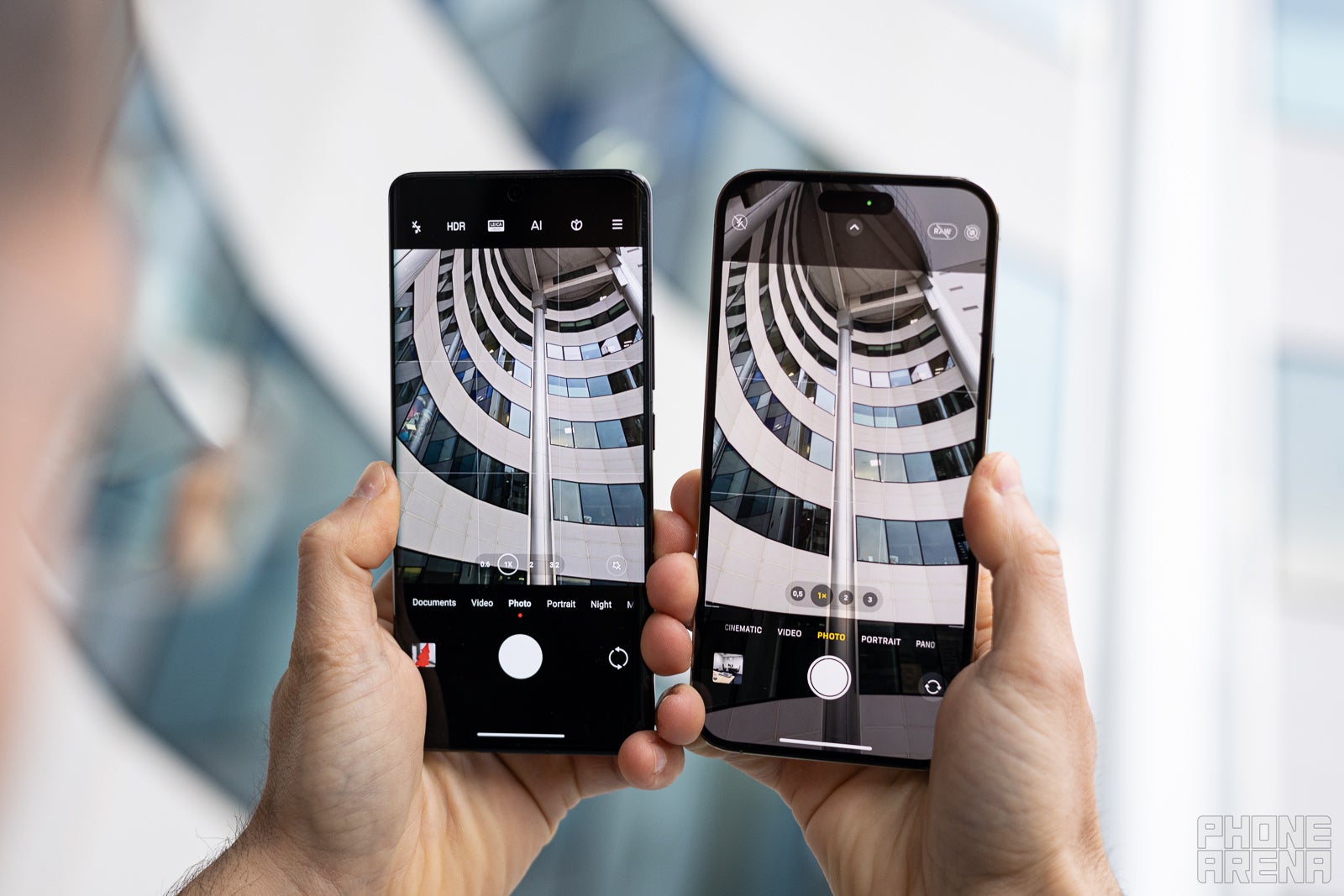
(Image Credit - PhoneArena)
The big promise of disruptors like the Xiaomi 13 Pro are usually tied to revolutionary new camera systems, so can the Xiaomi really deliver with its cameras?
Well, yes and no!
Both phones have a triple rear camera system, a wide, an ultra-wide and a telephoto camera, the usual stuff. The Xiaomi, however, bets the house on a new larger sensor for the wide camera and adds an impressive new trick to the zoom camera.
As for the camera specs, you can find them at the bottom of the article, so let's take a look at the pictures, and see if those innovations on the Xiaomi make a difference.
Main Camera - Day
While the cliche goes that all cameras do well in good light these days, we can see that this is not really the case here as there are some noticeable differences.
The image out of the iPhone is brighter and has more true-to-life colors, while the Xiaomi has taken a much darker picture with toned down colors (and we used the "Leica Vibrant" mode for all the shots). We definitely prefer the iPhone pictures here, they just look better all around.
Main Camera - Low-light
However, in low light, that big 1-inch type sensor on the Xiaomi shows its power and captures some truly stunning photos.
While the iPhone also does a good job at night it seems to have an oversharpening or a clarity effect, call it as you wish but it is really quite noticeable and annoying when you watch the photos on a laptop or a larger screen, while the Xiaomi has clean detail with no such issues.
Zoom Quality
The Xiaomi has a 3.2X zoom camera, while the iPhone has a 3X zoom lens, and both are quite capable.
But we have seen the iPhone be way more consistent and deliver more detail, just look at that second photo, the letters are a jumbled mess on the Xiaomi, while they are quite clear on the iPhone.
Close-up Photos
One area where the Xiaomi brings a small revolution is with close-up photos.
While other phones use the ultra-wide camera to take macro pictures, the Xiaomi actually has close-up zoom with the 3.2X lens, which has a much more suitable perspective.
This shot of the coffee beans looks incredible on the Xiaomi, and of course the iPhone is just not in the same league.
Ultra-wide Camera
While both come with a decent ultra-wide shooter, there are some differences in the quality. During the day you see the same issues with the slightly darker exposure and dull colors on the Xiaomi, while the iPhone captures way more lively and shareable photos.
But in low light the difference is even bigger as the Xiaomi goes for these quite dark shots that don't look as good as the brighter photos out of the iPhone.
Portrait Mode
In portrait mode, the Xiaomi does some extreme processing. In the first shot (around 3X), the inky colors on the Xiaomi have nothing to do with reality, and that is just too much "artistic" thinking, while the iPhone despite the issue with flare on this shot, just looks way more natural.
At 1X for wider portrait photos, the Xiaomi can only shoot in black and white which just makes no sense. The iPhone once again is the more versatile camera in portrait mode.
Selfies
The Xiaomi has quite a few issues with the selfies. It has this strange processing that whitens up your face whether you like it or not, and that is just incredibly strange. Also, highlights are often burned out during the day and iPhone selfies just look better in good light.
In low light, however, both struggle in different ways. The iPhone uses the screen as a fill light, but it does it way too aggressively to the point that the face looks way too bright, so night selfies just look strange on it. The Xiaomi, on the other hand, does not capture enough light and its night selfies are too bright.
Both companies can improve quite a lot in the selfie area.
Video Quality

The Xiaomi 13 Pro does a very good job recording video with the main camera. 4K footage has a good amount of detail, it is well stabilized, we did not notice any focusing issues, and overall the quality is there.
Is it as good as the iPhone 14 Pro Max? Not quite. The iPhone looks a bit cleaner with more detail, but most importantly, it has more realistic colors while the Xiaomi tends to go a bit extreme with saturation.
In low light, we were once again pleasantly surprised by the Xiaomi, but the iPhone once again has the upper hand with cleaner footage and it is still the best phone for video recording.
Audio Quality and Haptics
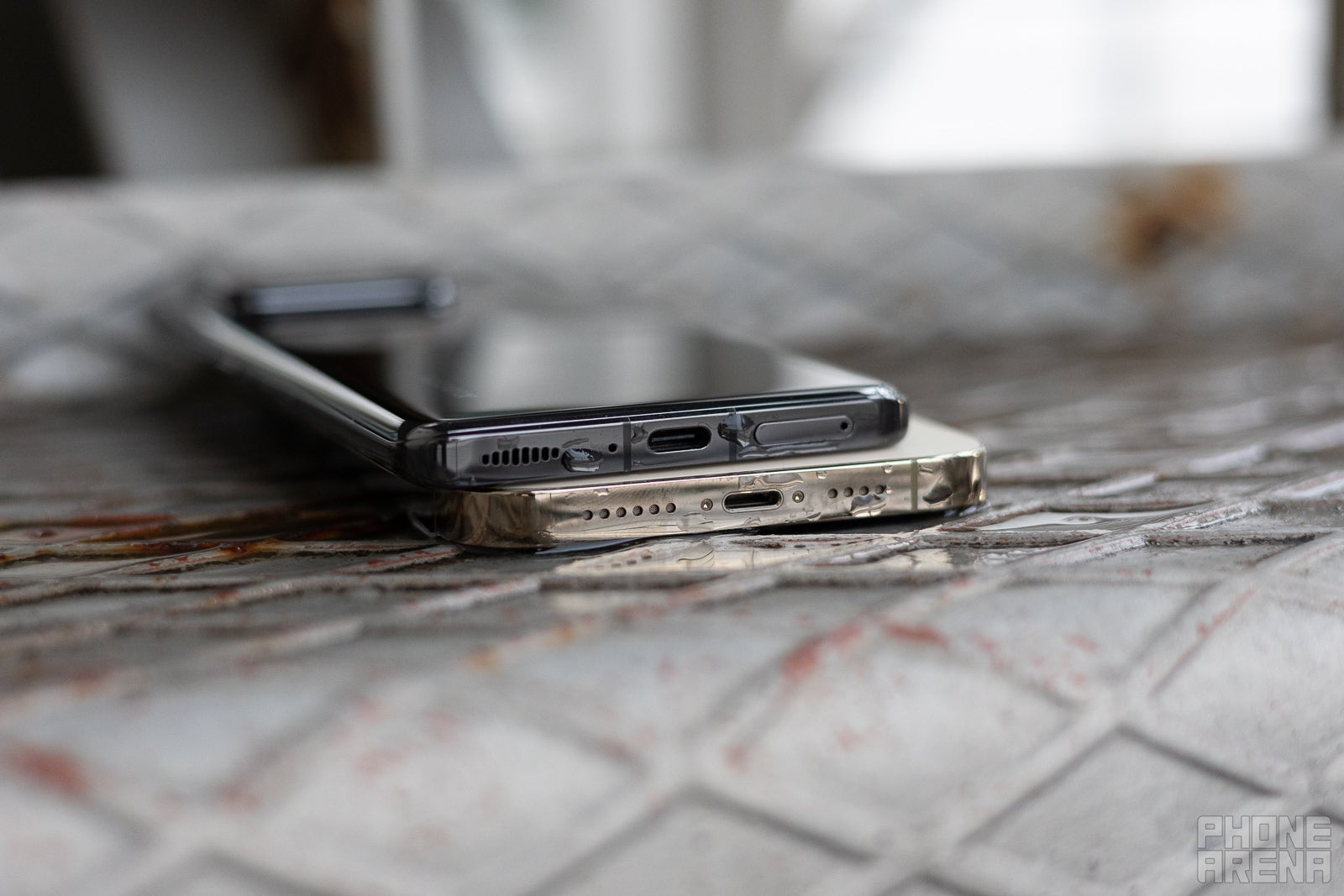
(Image Credit - PhoneArena)
There is a night and day difference in loudspeaker quality between the Xiaomi and the iPhone.
We were expecting way more out of the Xiaomi, to be honest. The loudspeakers are just way too quiet and severely lack in the lower tonalities, while the iPhone is much better rounded, has boomier sound and quite a bit of bass for a smartphone speaker.
At least the Xiaomi does have nice and tight haptics that feel really good, and the iPhone on the other hand has long had the best haptics in the industry, so there's parity here.
Battery Life and Charging
The Xiaomi surprised us
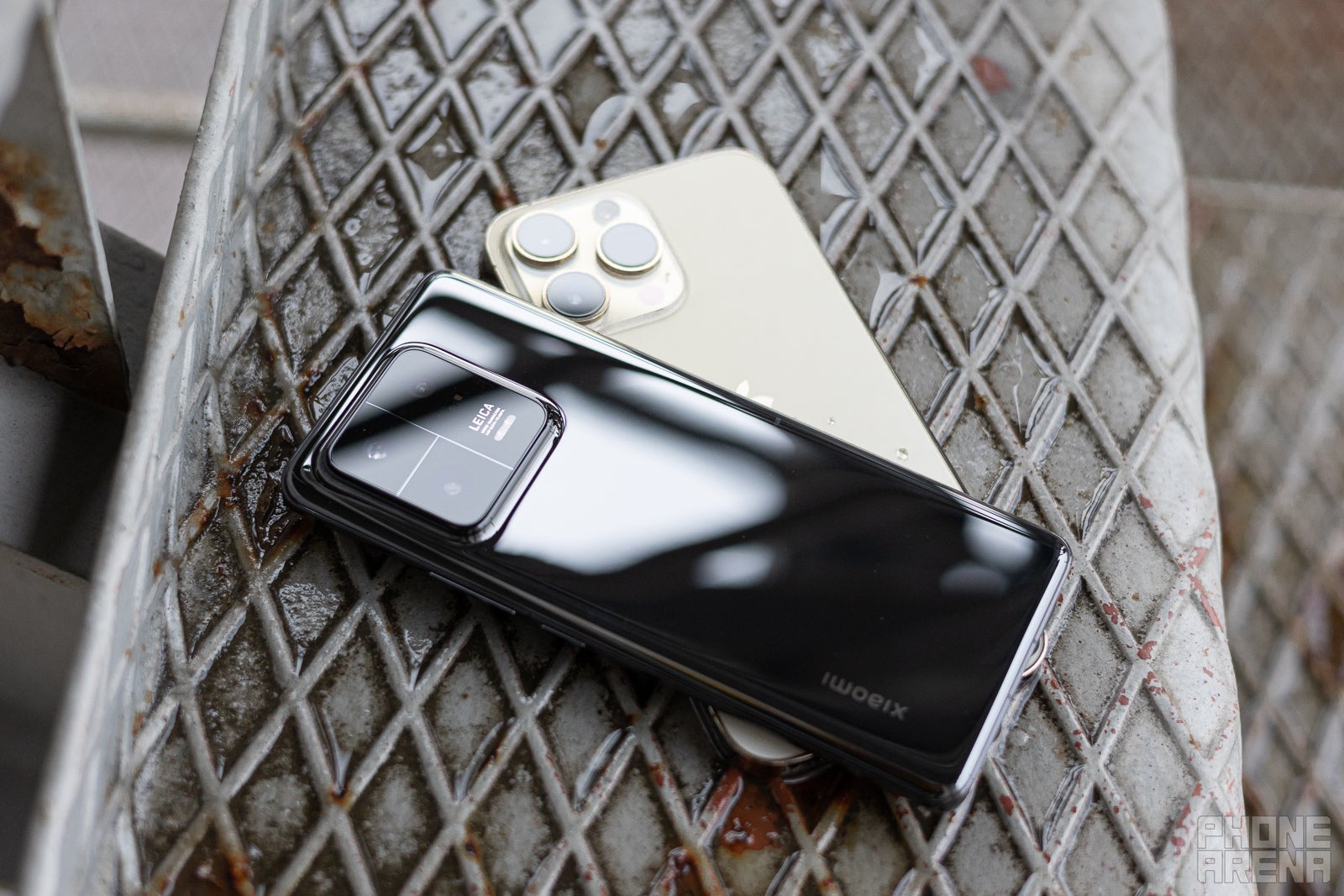
(Image Credit - PhoneArena)
The iPhone 14 Pro Max is the current king of flagship phones battery life.
Despite having a smaller physical battery size than most of its Android rivals, the optimizations of iOS and the power efficient Apple chip make it an absolute battery beast that comfortably lasts a day and a half between charges, or even two days with less intense use.
The Xiaomi 13 Pro with its 4,820 mAh battery is a bit behind Android rivals in battery size too, but it also has quite a few tricks up its sleeve in the software department, and it surprised us with very, very solid battery life.
PhoneArena Battery Test Results:
In our YouTube video streaming test where both phones play the same set of videos with their screens also set to an equal brightness level, the Xiaomi is just mere minutes behind the iPhone, they are really close.
As you can see in our web browsing test where we run a series of webpages and scroll around, the iPhone and the Xiaomi are also neck in neck, and it is only in the 3D gaming test where the iPhone is able to pull ahead and score far higher than the Xiaomi. Impressive showing from both phones!
But while these are on par with the battery life, the Xiaomi is far ahead when it comes to charging.
The 120W charging speed allows you to fully charge that battery from 0 to 100% in less than 30 minutes, while the iPhone with its 27W max charging speed takes around 2 hours for the same task.
Both phones also support wireless charging, but once again the Xiaomi with its 50W wireless charging speed is far ahead of the 15W MagSafe wireless charging.
Specs Comparison
You can always check out our in-depth Xiaomi 13 Pro vs iPhone 14 Pro Max specs comparison, but also right below is a quick overview of the most important specs:
| Specs | Xiaomi 13 Pro | iPhone 14 Pro Max |
|---|---|---|
| Dimensions | 160.7 x 77.6 x 7.85 mm | 162.9 x 74.6 x 8.38 mm |
| Weight | 229g (8.08 oz) | 240g (8.47 oz) |
| Screen | 6.7-inch OLED, 1440p 1-120Hz refresh rate | 6.7-inch OLED, 1290p 1-120Hz refresh rate |
| Processor | Snaprdagon 8 Gen 2 | Apple A16 Bionic |
| RAM, Storage and Price | 8/256GB from 1,300 euro | 8/128GB for 1,375 euro 8/256GB for 1,499 euro 8/512GB 1,749 euro 8/1TB for 1,999 euro |
| Cameras | 50MP wide, 1" sensor, f/1.9 50MP ultra-wide, f/2.2 50MP 3.2X zoom, f/2.0 32MP front | 48MP wide, f/1.8 12MP ultra-wide, f2/2 12MP 3X zoom, f/2.8 12MP front |
| Battery Size | 4,820 mAh | 4,323 mAh |
| Charging Speeds | 120W wired charge 50W wireless charge | 27W wired charge 15W MagSafe wireless |
Summary and Final Verdict
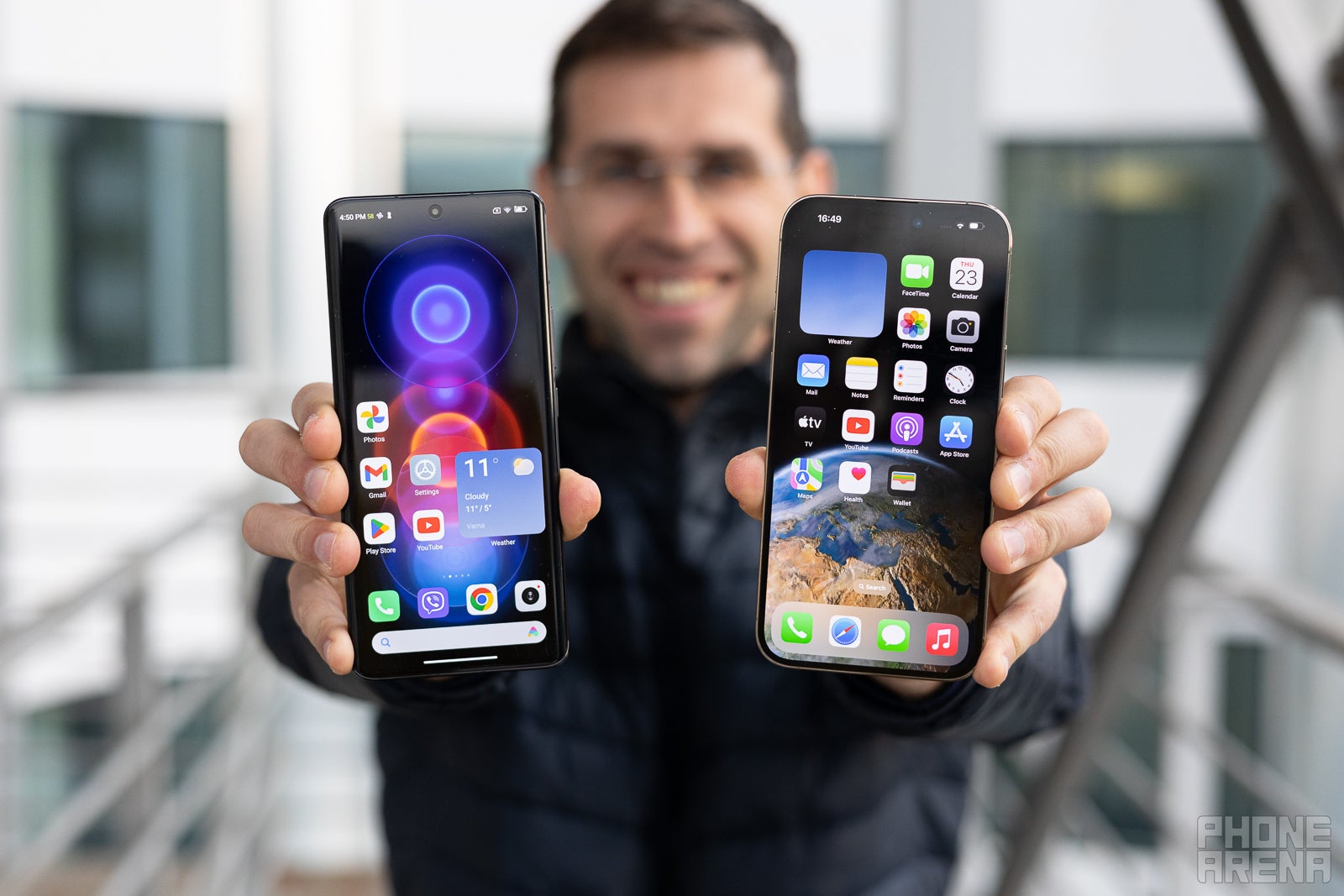
(Image Credit - PhoneArena)
So can a Xiaomi phone beat the iPhone dominance in 2023?
The Xiaomi 13 Pro has a lot going for it, but the most surprising aspect was its battery life which is truly on par with the iPhone, and we did not expect that. The Xiaomi charges faster, it runs 3D games faster and throttles less thanks to its Snapdragon 8 Gen 2 chip, and it costs a bit less too. We were also incredibly impressed with the close-up photos that are really next level.
But the price difference is minimal, and the iPhone still has a number of advantages. First and foremost, the software support of 5 to 6 years on the iPhone is far superior to the 3 years of Android updates on the Xiaomi, but then also the iPhone has the better optimized iOS and the wider ecosystem that comes with that, plus we found its camera to be mostly better than the Xiaomi.
Follow us on Google News







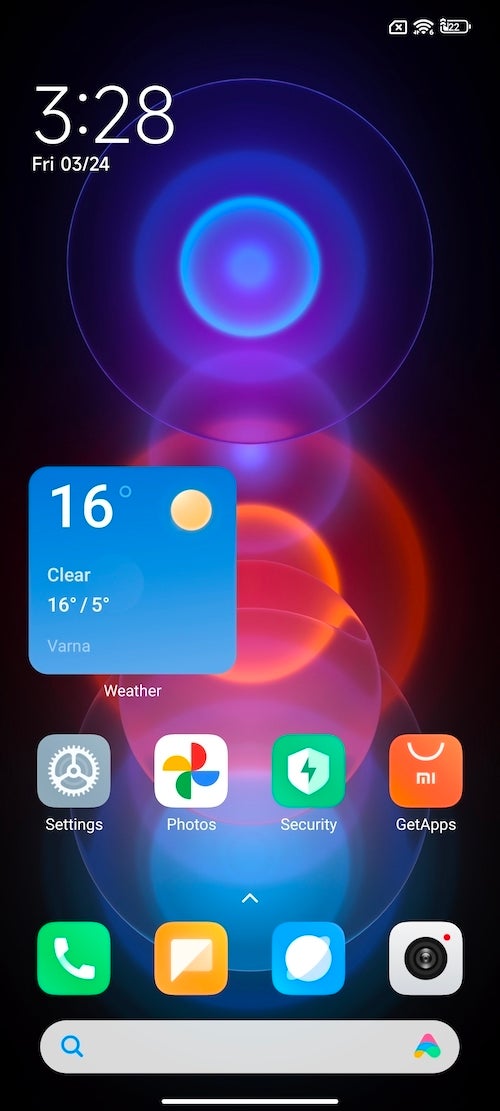
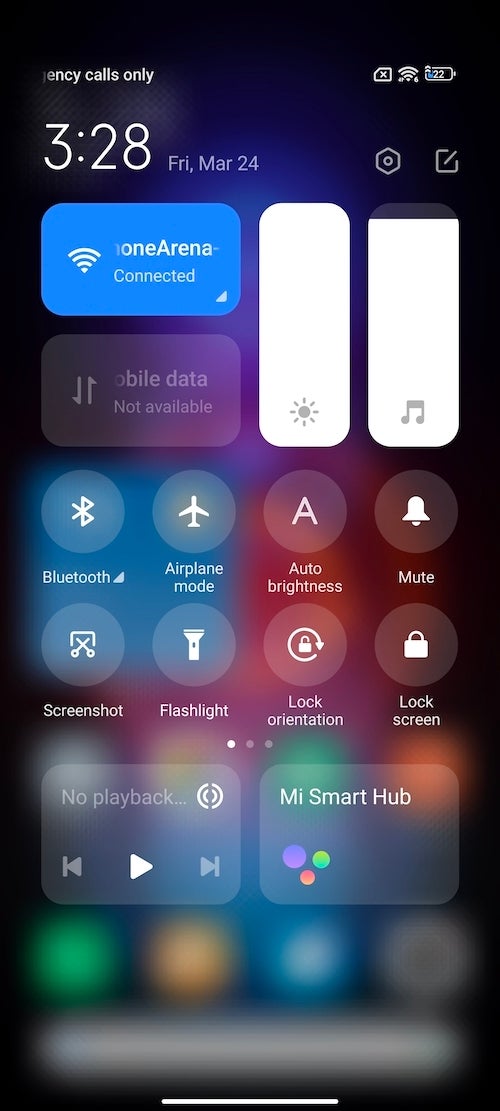
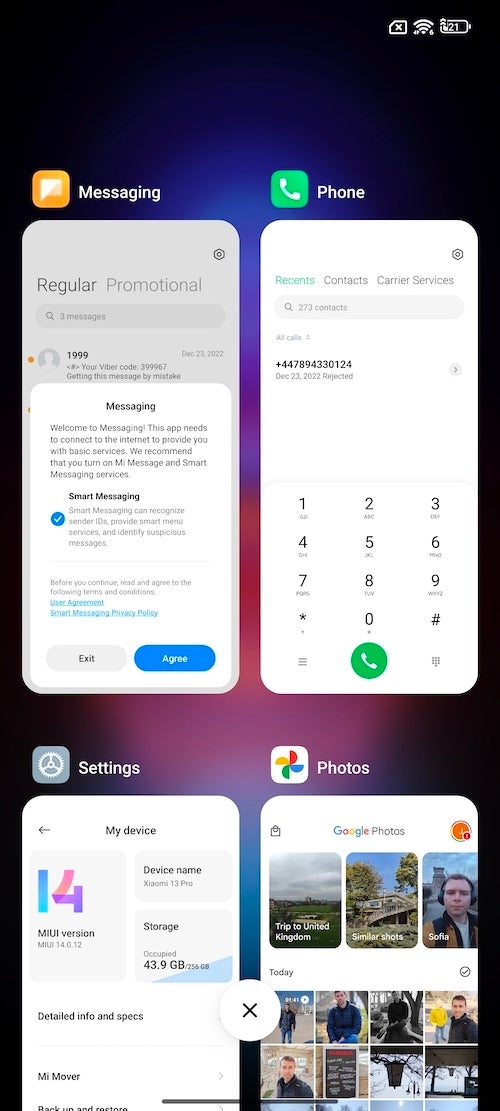
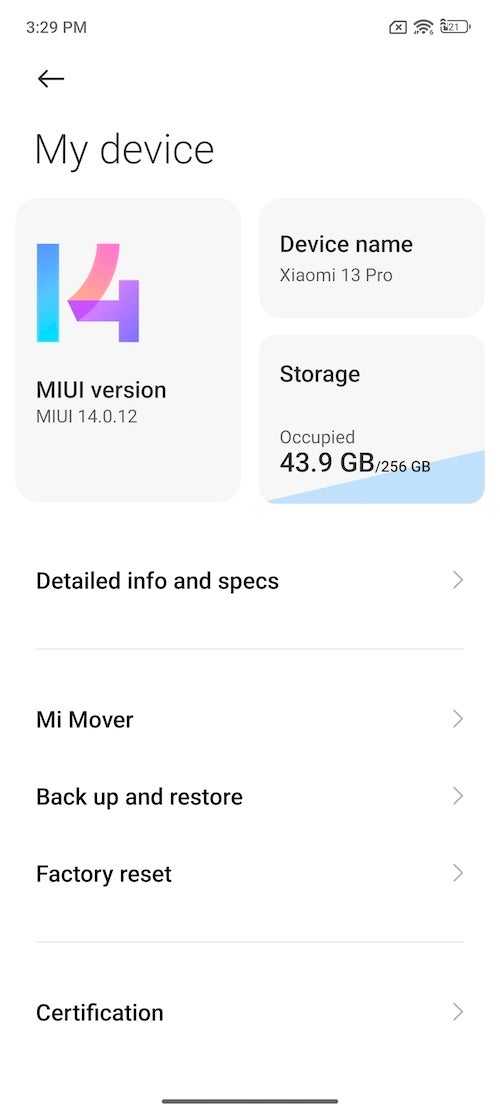
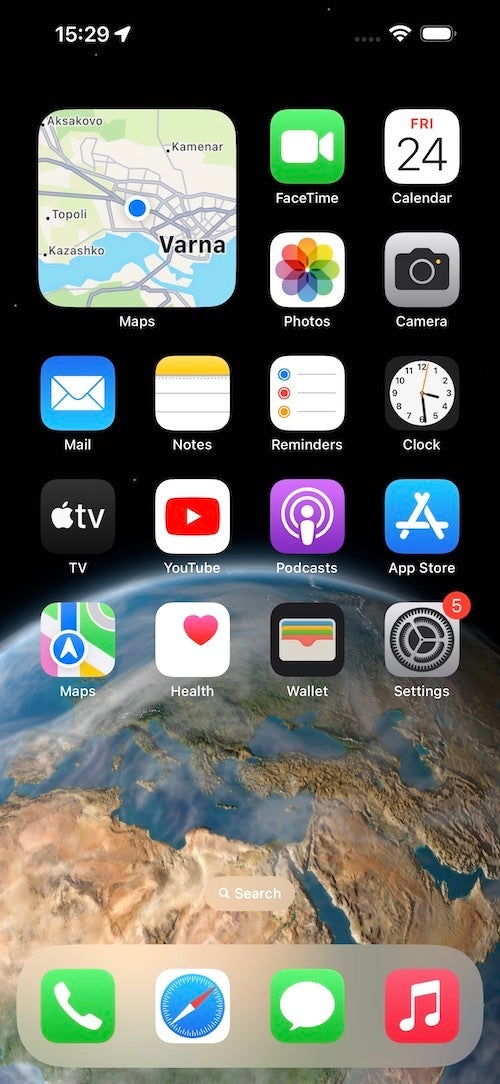
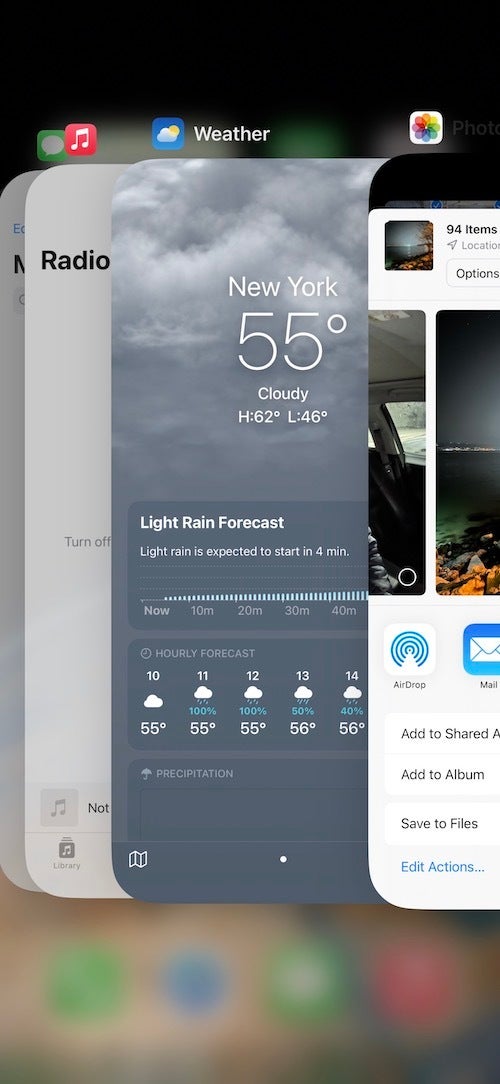
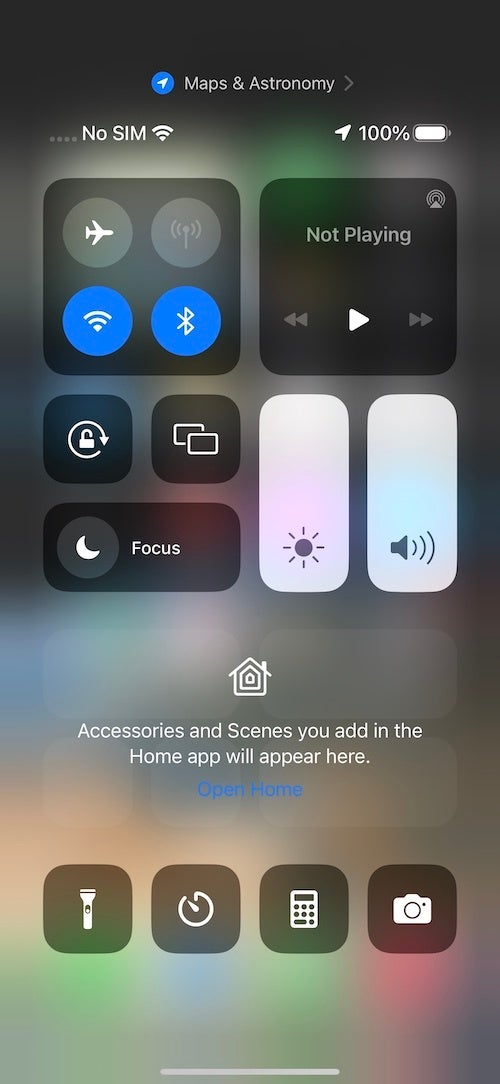
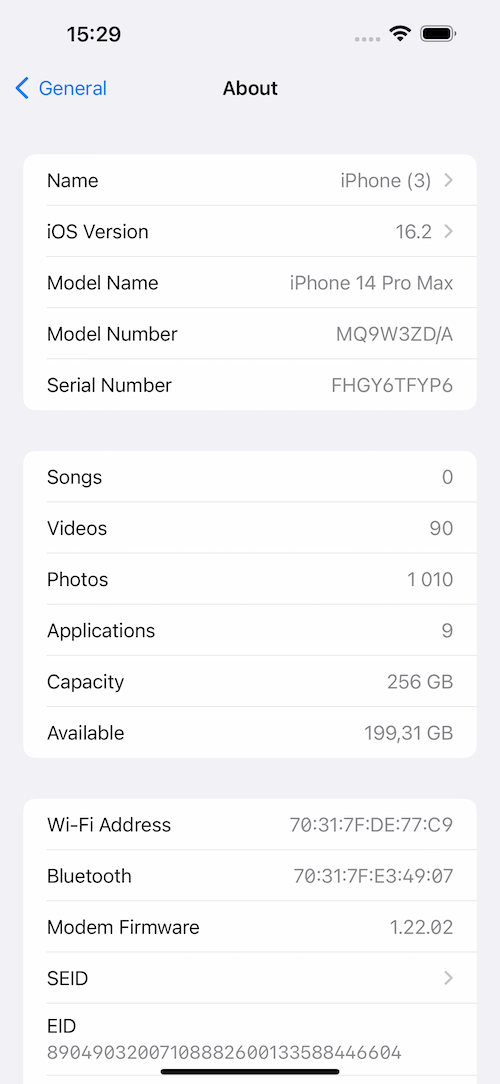












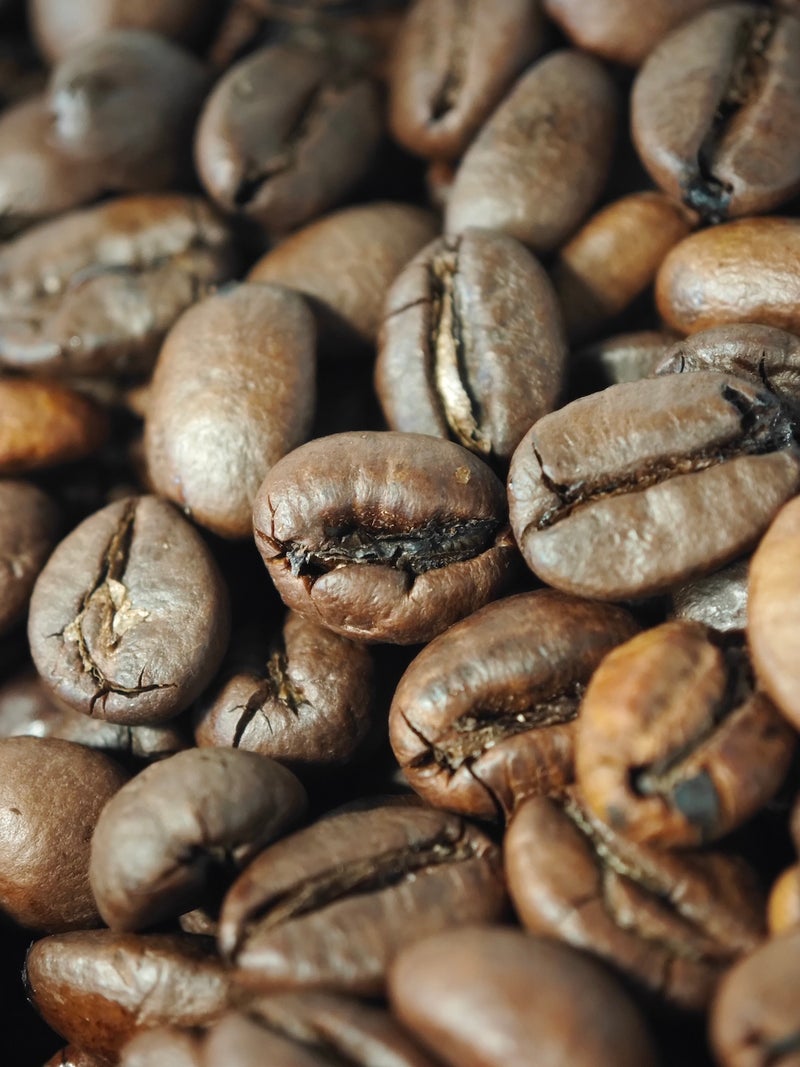


































Things that are NOT allowed:
To help keep our community safe and free from spam, we apply temporary limits to newly created accounts: